
Railroad Depots
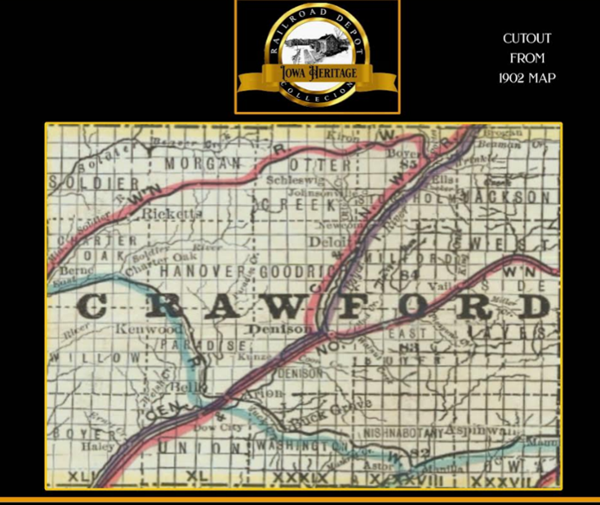
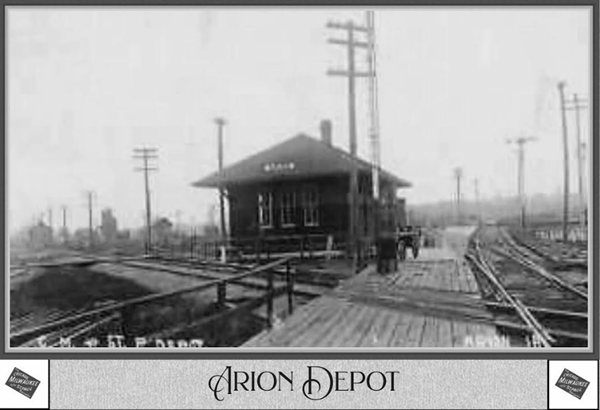
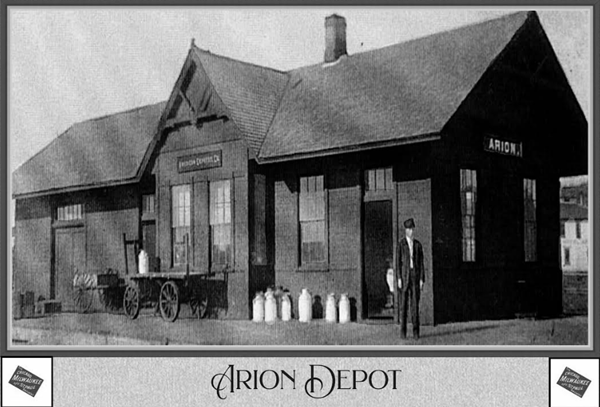
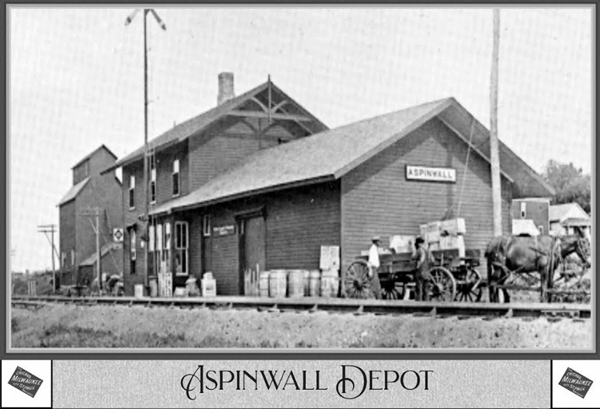

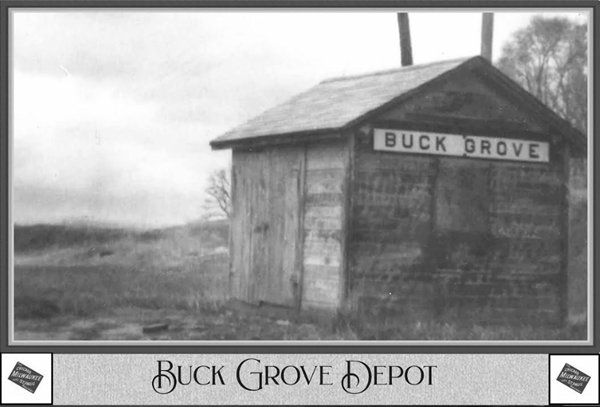

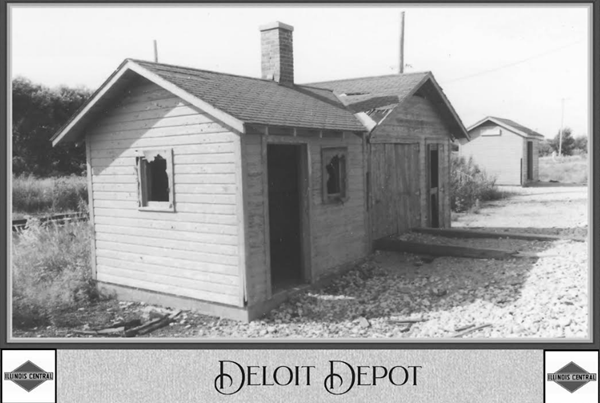
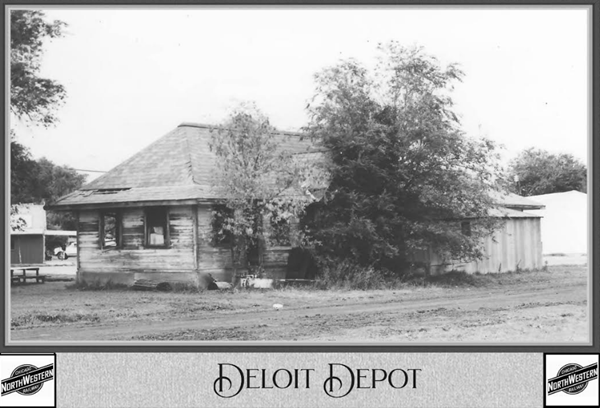
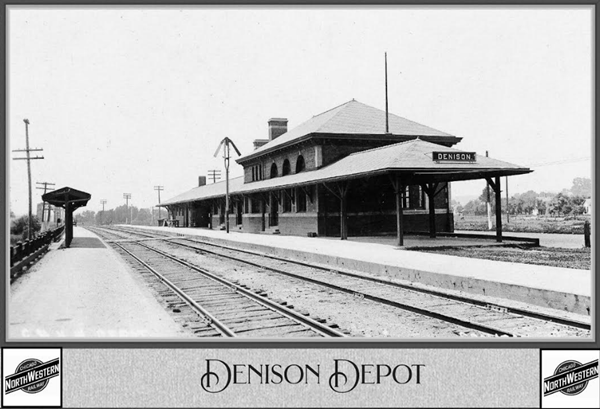
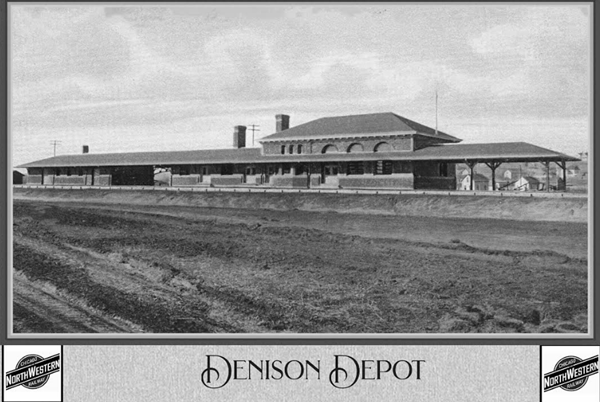


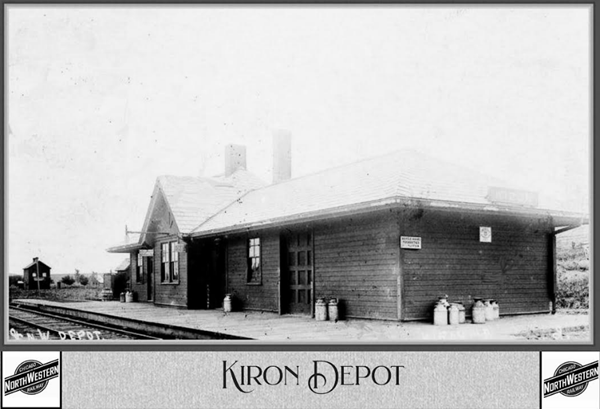
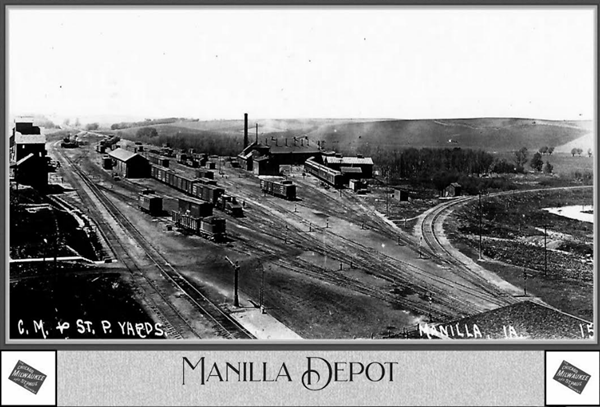

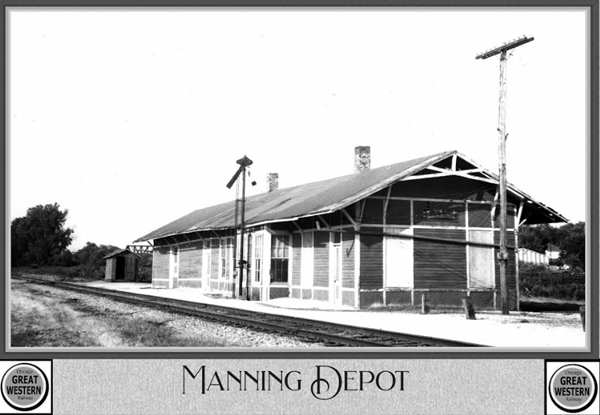
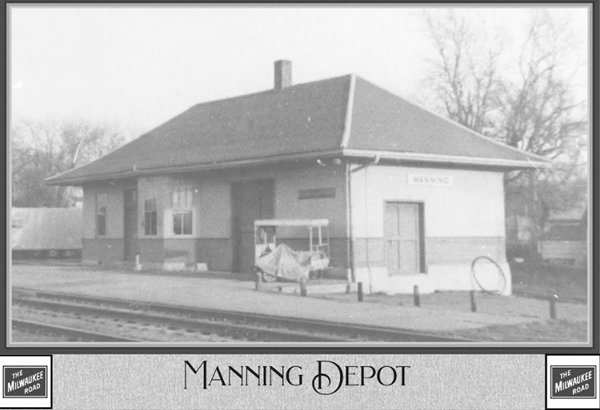
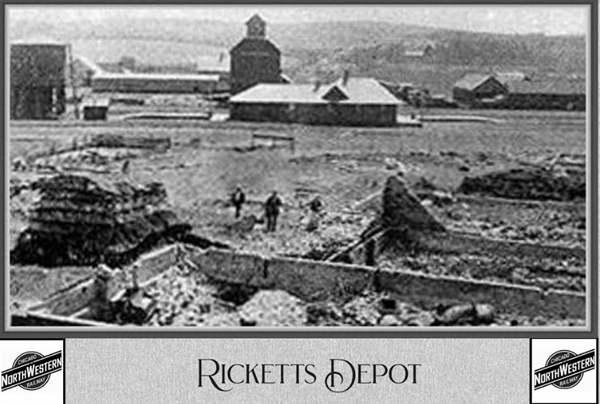
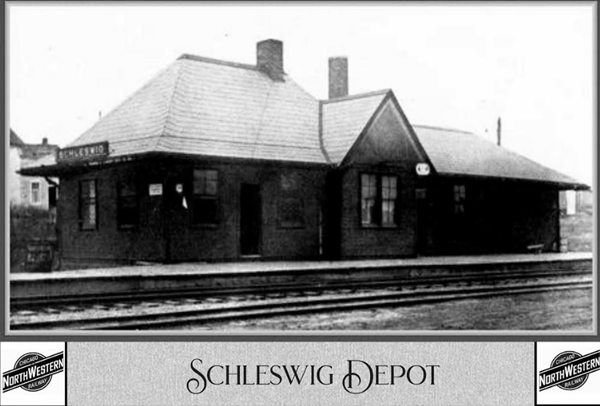
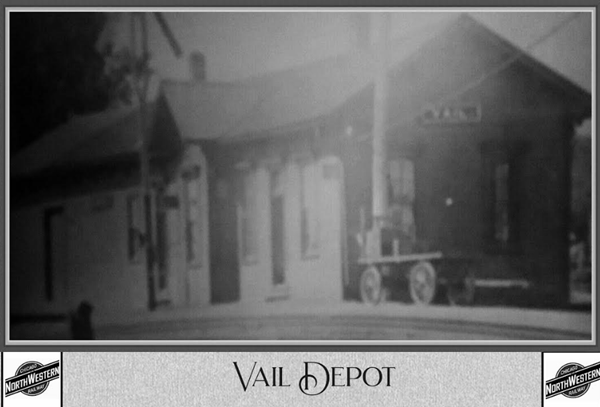

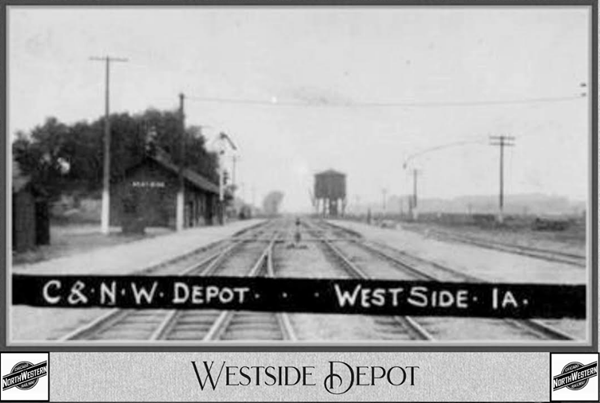
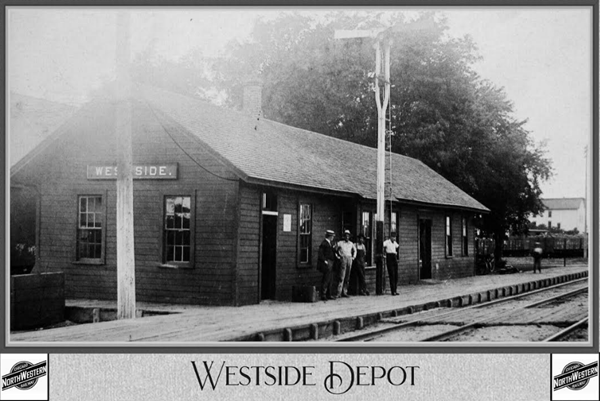
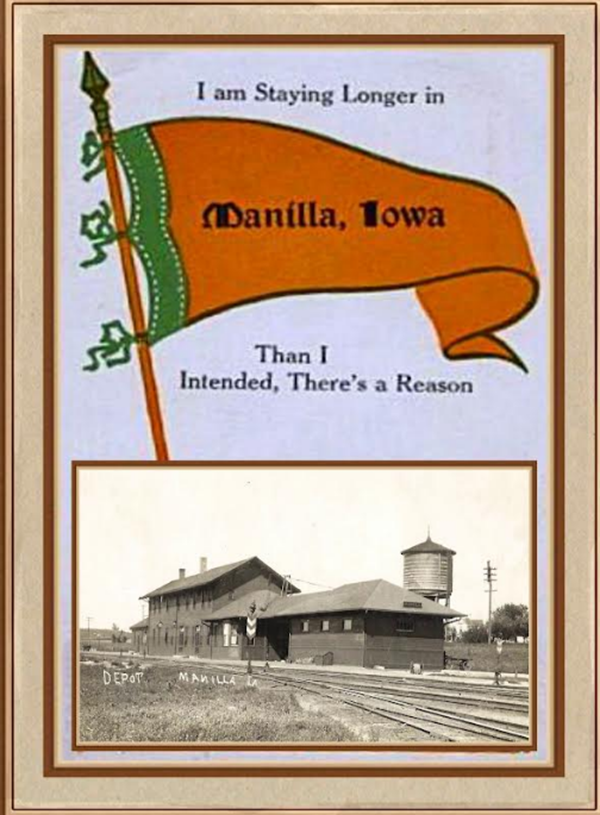
Contributed and Used with Permission of Timothy Adams
Railroads
Boyer, Iowa
Boyer served as sort of a starting point for the continuation of the C&NW from Boyer-Kiron2-Hollenzollern>Schleswig-Ricketts-Berne-Ute2-Soldier2-Moorhead2-Pisgah-Orson-Dewy-Mondamin in summer of 1898 - and the line was completed in 1899.
The C&NW (aka. the "Pumpkin vine") would have a HUGE impact on this area. Ute would move nearly 2 miles South to be next to the CStP&M in 1887 and shift a bit in 1899 to acomodate the C&NW. Ute had two railroad depots for a time (1899-1959).
The C&NW depot was due West of Mainstreet in Ute. And the CStP&M had a depot sort of on the SE corner of Ute. Supposedly, if one was transferring from one line to the other - there was a significant walk between the two Ute railroad depots.
Soldier would move 1/2-mile NW - and in combination with "Ransom" that for a few months also had a post office located 1/2 mile West of present day Soldier2. We joked that the people of the Soldier area should have kept the post office at Ransom - because it would be far more convenient to the 9 hole golf course that Soldier once also had in the late 1920 that was West of Soldier 🙂
Hollenzollern - which tried to change its name, but the Post Office people said "hey your stuck with the name" - would dry up and Schleswig would pop up a mile or so away in 1899.
Orson is now a ghost town but was actually where the "Vee" in the "Hy-Vee" chain of grocery stores had his first store. Not Pisgah - but Orson.
Towns that sort of popped up in a few months in 1899 include Kiron, Schleswig, Ricketts, Berne, & Moorhead. This explains why Kiron, Schleswig, Ricketts, and Berne are this year all celebrating their 125th anniversary - 1899+125 = 2024. It was all about the Chicago & North Western platting them in 1899.
First image is of Boyer where things got busy in 1898. The line leading to the NW out of Boyer would be the "Pumpkin Vine". The Line in SW corner went to Denison and the line in NE corner would service Wall Lake.
The Illinois Central kind of snubbed Boyer and was a bit South as it did Wall Lake - but went South along the Boyer River to Denison.
Boyer would see both the C&NW and the Illinois line come through in 1898/1899.
I recall reading somewhere that initially the children had to cross the Boyer River to get to school - and that was concerning enough for parents. But when the C&NW and Illinois came through Boyer in 1898/1899 crossing two railway lines, sidings, and the Boyer River proved simply too much for concerning parents. So they built a school in the NE corner of Boyer. And that "school" is noted on the Boyer Platting map.
For anything Railroad related - go to the following link and then be sure to either click on "Abandoned" or "Combination". The default "Active" only shows RR lines in operation today.
Contributed by and Used with Permission of Brent Friedrichs
BVR Railroad and Bonds
Chicago & North Western set up a company specifically for the railroad lines that went from Boyer-Denison and from Boyer-Kiron2-Schleswig-Ricketts-Berne-Ute2-Soldier2-Moorhead2-Pisgah-Orson-Dewey-Mondamin -and it was called "Boyer Valley Railway Company" (BVR).
BVR was a very short lived company. Incorporated in early 1898 and dissolved by 1899 - around less than two years.
Not only was BVR to actually build the actual railroad itself - but it was also to help search avenues to finance it as well - and this was done (or at least attempted) to be done by marketing bonds.
The general thinking was that farmers and townsmen along that railway line would benefit from the existence of the new railway line they could/should have an option to invest in it as well.
So it they either marketed stock - or at least C&NW/BVR considered it - and at 3.5% at the end of a term. I was likely after one year - but the images below are not of high enough resolution to see the fine print. I am not sure what actually happened - if BVR stock actually hit the stock markets or not. But the stock SPECIMENS would as it seems look like these.
This has not researched in greater detail.
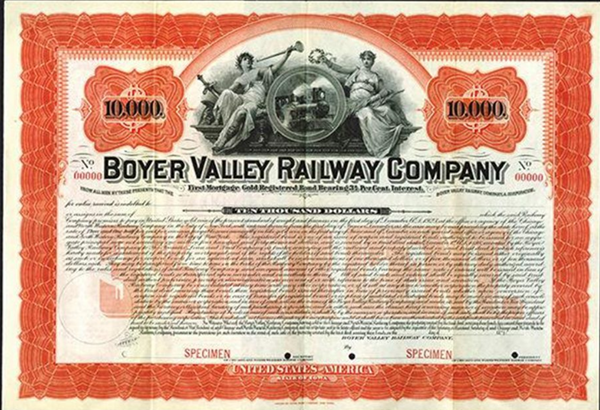
Contributed by and Used with Permission of Brent Friedrichs
Back to Crawford Co. History
Copyright 2024 by the Crawford County, Iowa
IAGenWeb Project and Contributors.


























